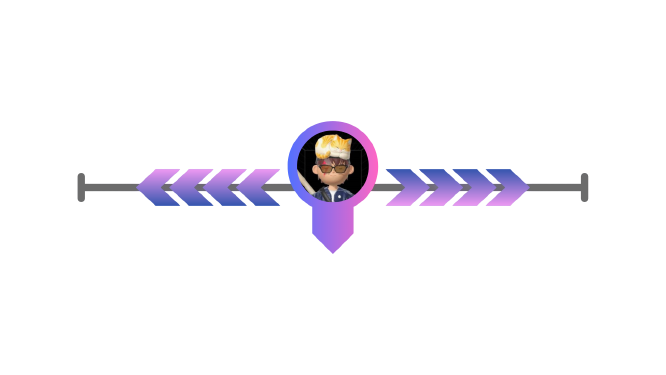
I will share some insights from my journey before and after starting Splinterlands, especially with the latest updates. Players can now grind Glints to acquire powerful new Rebellion cards, which are not only valuable in battles but can also be combined to reach max levels—whether common, rare, epic, or legendary.
During the early days of Splinterlands, around the COVID-19 pandemic, I began exploring the game by experimenting with Untamed cards to learn their abilities, build effective lineups, and create strategic combos based on rule sets and card synergies. During this time, I encountered an announcement from the Balthazar Guild, which was recruiting experienced players of card games like Splinterlands. This opportunity deepened my interest and motivated investment/earn. Now, with delegated cards and meeting guild quotas, I’ve achieved moderate and average wins, earned DEC and reward cards in the past, and currently grind SPS and Glints. I’ve also participated in tournaments and climbed to higher leagues (Diamond & Champion Leagues), making the journey even more rewarding and exciting.

This guide will walk you through the process of setting up an account, exploring key features, maximizing your gameplay experience, and understanding the limitations of a Free-To-Play account.
Free-To-Play Account
It's not that hard to create an account, it's just like logging in to a Facebook or email account. You just fill in some necessary information. All information is all yours to access with this account, especially in the recovery account.
Getting started with a Free-To-Play Splinterlands account is simple and accessible. Begin by visiting Splinterlands.com and clicking "Play Now" to start the registration process. Provide a valid email address, create a username and password, and verify your email through the link sent to your inbox. Once verified, log in using your credentials to access the game. As a Free-To-Play user, you'll gain access to a limited selection of starter cards and features, allowing you to explore the game and begin your journey without any upfront investment. This simple setup ensures new players can dive into the action with ease.
For more detailed information, please check this article: https://support.splinterlands.com/hc/en-us/articles/13828920250388-Free-to-Play-Splinterlands-Account
For more detailed information of abilities and rule sets, please check this article: https://support.splinterlands.com/hc/en-us/articles/13646580325396-Abilities-and-Rulesets

Key Features


Free-To-Play accounts in Splinterlands provide players with several features to enjoy and progress in the game without any initial investment. Players can earn Glint, the in-game reward currency, by participating in ranked battles (modern league), which can be used to purchase resources, recharge energy, or unlock features. They may also benefit from card delegations, where stronger cards are temporarily loaned to them by other players or guildmates, enhancing their deck's performance. Joining guilds offers opportunities to participate in guild brawls, gain exclusive bonuses, and engage with the community. Additionally, players can earn refresh chests through end-season Glints rewards refresh and climbing ranks, containing rewards such as cards, potions, or Glint, which support their progression in the game.
I highly recommend exploring Splinterlands scholarship opportunities if you come across any, as they can provide valuable support in earning rewards. These programs can help you generate income to invest in your main account, allowing you to purchase cards, stake tokens (SPS), and enhance your ability to grind for even more exciting rewards.

Limitations of Free-To-Play accounts
Free-to-play accounts in Splinterlands offer a playable and well-simple introduction to the game but come with certain limitations to consider. Players start with a limited pool of starter cards that cannot be owned, traded, or sold, which might restrict strategic versatility in battles. Earnings from Glint and advancement chests are lower compared to premium accounts, and free players are unable to stake DEC or SPS to gain additional benefits. The energy system requires careful management, as energy is limited and recharges cost Glint or DEC. Additionally, any cards earned remain locked unless the account is upgraded. Understanding these restrictions is important for setting realistic expectations and planning a path for progression.

Before this Glints grind even without the summoner's spellbook was not implemented, lucky you new players can now experience gaining glints and buying rebellion cards.
For new players, understanding the mechanics of Splinterlands can feel overwhelming, especially with the complicated list of abilities and potential rule set combinations. This guide aims to help you grasp the game’s core concepts and make steady progress. While the Free-To-Play experience may not offer the same benefits as purchasing the Summoner's Spellbook for a lifetime account upgrade, it’s still a great way to start. Playing for 1-2 days as a free player can help you plan your next steps, such as identifying the cards you want to purchase, learning how to create effective ability synergies, adapting to rule sets, developing well-positioned strategies, and preparing to stake SPS for long-term growth.

Credits:
Co-Pilot Ai generated thumbnail picture anime with cards and
Edited the Design photo Splinterlands Modern League using PicsArt
Screenshot In-game splinterlands
